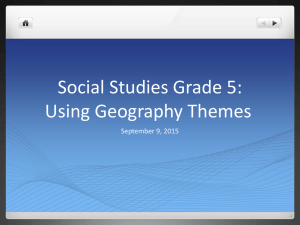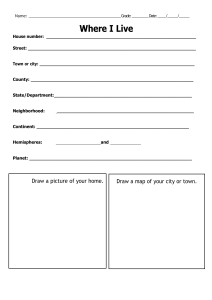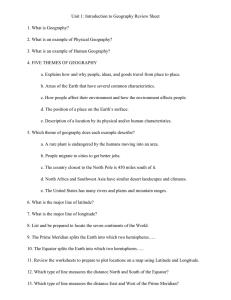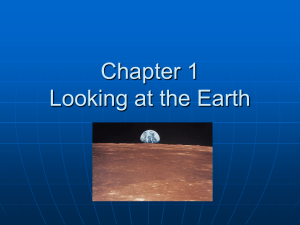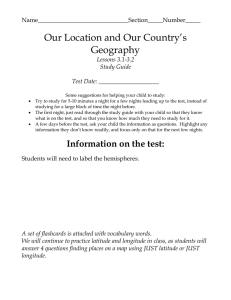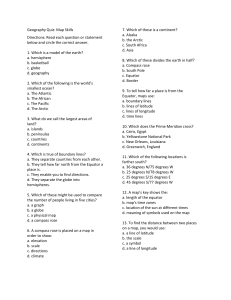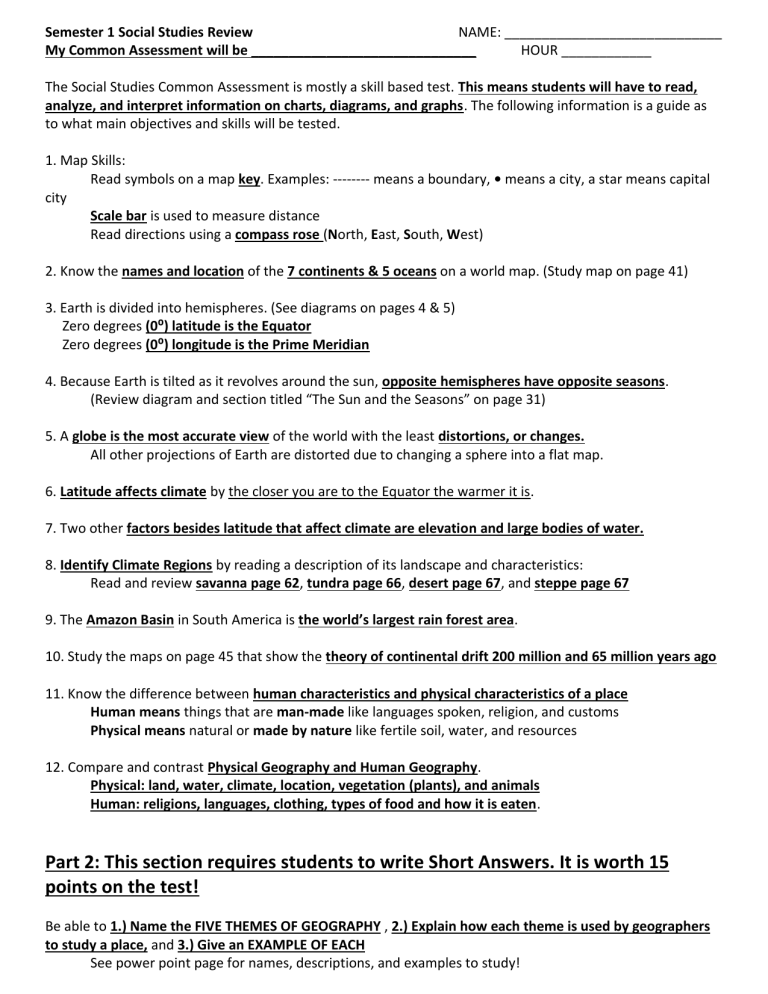
Semester 1 Social Studies Review NAME: _____________________________ My Common Assessment will be ______________________________ HOUR ____________ The Social Studies Common Assessment is mostly a skill based test. This means students will have to read, analyze, and interpret information on charts, diagrams, and graphs. The following information is a guide as to what main objectives and skills will be tested. 1. Map Skills: Read symbols on a map key. Examples: -------- means a boundary, • means a city, a star means capital city Scale bar is used to measure distance Read directions using a compass rose (North, East, South, West) 2. Know the names and location of the 7 continents & 5 oceans on a world map. (Study map on page 41) 3. Earth is divided into hemispheres. (See diagrams on pages 4 & 5) Zero degrees (0⁰) latitude is the Equator Zero degrees (0⁰) longitude is the Prime Meridian 4. Because Earth is tilted as it revolves around the sun, opposite hemispheres have opposite seasons. (Review diagram and section titled “The Sun and the Seasons” on page 31) 5. A globe is the most accurate view of the world with the least distortions, or changes. All other projections of Earth are distorted due to changing a sphere into a flat map. 6. Latitude affects climate by the closer you are to the Equator the warmer it is. 7. Two other factors besides latitude that affect climate are elevation and large bodies of water. 8. Identify Climate Regions by reading a description of its landscape and characteristics: Read and review savanna page 62, tundra page 66, desert page 67, and steppe page 67 9. The Amazon Basin in South America is the world’s largest rain forest area. 10. Study the maps on page 45 that show the theory of continental drift 200 million and 65 million years ago 11. Know the difference between human characteristics and physical characteristics of a place Human means things that are man-made like languages spoken, religion, and customs Physical means natural or made by nature like fertile soil, water, and resources 12. Compare and contrast Physical Geography and Human Geography. Physical: land, water, climate, location, vegetation (plants), and animals Human: religions, languages, clothing, types of food and how it is eaten. Part 2: This section requires students to write Short Answers. It is worth 15 points on the test! Be able to 1.) Name the FIVE THEMES OF GEOGRAPHY , 2.) Explain how each theme is used by geographers to study a place, and 3.) Give an EXAMPLE OF EACH See power point page for names, descriptions, and examples to study!
